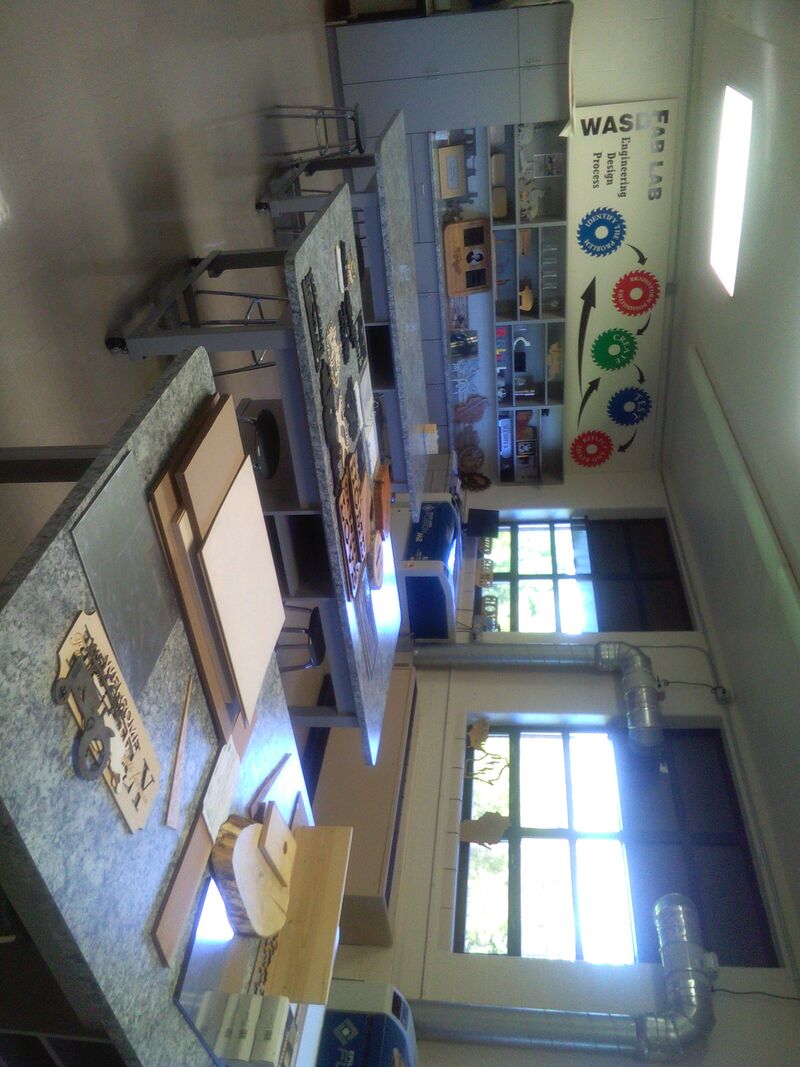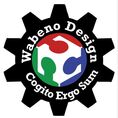
4325 N Branch St., WI, WABENO, 54566, United States of America
Lab tags:
Nestled in in the forests of Northern Wisconsin lies the little township of Wabeno.
The name Wabeno comes from the Native American name "Waubeno" which means "the coming of winds" or "the opening". That is because on June 2, 1880, an enormous storm swept across northern Wisconsin. This massive swath of devastation consisted of timber blow downs between ½ to 1 mile wide from Antigo, WI all of the way to Lake Superior.
The town itself officially established in 1897 as the name Wabeno. And like many small towns in Northern Wisconsin at that time, Wabeno centered on the logging industry that would harvest the virgin stands of old growth timber used to fuel the building boom in the United States. With an established town, in late 1897 the Chicago and Northwestern Railroad built a rail line between Wabeno and Green Bay. This link officially connected Wabeno to the world through freight and passenger services. Soon lumber mills were built along the tracks and the town itself grew up around the mills. Passenger services not only brought people for business purposes, but also for recreation. The town had moved into a new and "modern" age.
As technology and transportation methods changed in the coming decades, so did the town. Horses, trains, and steam-powered engines used to move logs were replaced with diesel-driven equipment and trucks. As transportation became easier and the economy changed, the lumber mills shuttered their doors. Cross-cut saws and axes were replaced with chainsaws, and eventually computer controlled harvesters. Rather than riding the rails, tourists began to use cars to get to a destination where they would go camping, skiing, four-wheeling, or snowmobiling. The train tracks laid in the late 1800's were removed or covered over, and recreational vehicles began to ride on the old railroad beds. The town had adjusted to a new age.
While smaller elementary schools dotted the area, the High School's role began in earnest when in 1906 the first High School was built. However, in 1936 a fire destroyed the entire high school except for the newly added gym. A year later the high school was rebuilt and over the years it has expanded and adjusted to suit the requirements of the students and the local population. A walk down the halls of the school shows every graduating class from 1937 to present day, which is a unique thing to see. And because the logging industry was and still is such a central role to the community, the school's mascot is "Larry the Log Roller".
And much like the changes the town experienced through its history, the school district felt them as well. Community members, the school board, and teachers began to realize that there was a growing need for a skilled and creative work force to compete in the global market. As such, the district took on the daunting task to start a Fab Lab to achieve that end, which would incorporate all grades from Kindergarten to 12th grade. The sole purpose of this facility was to nurture each child's inner creativity by giving them the tools they needed to make a difference. In order to get the funding, the district asked the area voters in the spring election of 2017 to approve a one-time $300,000 expenditure to start the Fab Lab. With overwhelming support, the voters approved the referendum.
Wisely using this money, the school began to make major changes to the building infrastructure. Old and under-powered electrical systems were removed and replaced with systems that could safely supply the needed power for the new machinery being installed in the Fab Lab and the Tech Ed areas. Old and unsafe woodworking and metalworking equipment (some of which was 60+ years old) were removed and upgraded with modern and safer equipment. The layout of the Tech Ed area was completely revamped, and by January of 2018, the Wabeno School District had a state of the art facility.
Equipment such as 3-D Printers, Laser Engravers, a CNC Router, and a CNC Plasma Cutter (to name a few) were brought in to give the students a "digital fabrication" experience. New computers with the kinds of software that many of the world’s major companies use to design their products were brought in to drive this machinery. The school had built a place where students and members of the community could come in and create whatever their minds could think up.
The community and the school have come a long way since the 1800's. And with the vision and support of the community, it will continue well into the 21st century.
Links
- 3D-Drucken
- CNC-Fräsen
- Laserschneiden/-gravieren
- Schneideplotten


